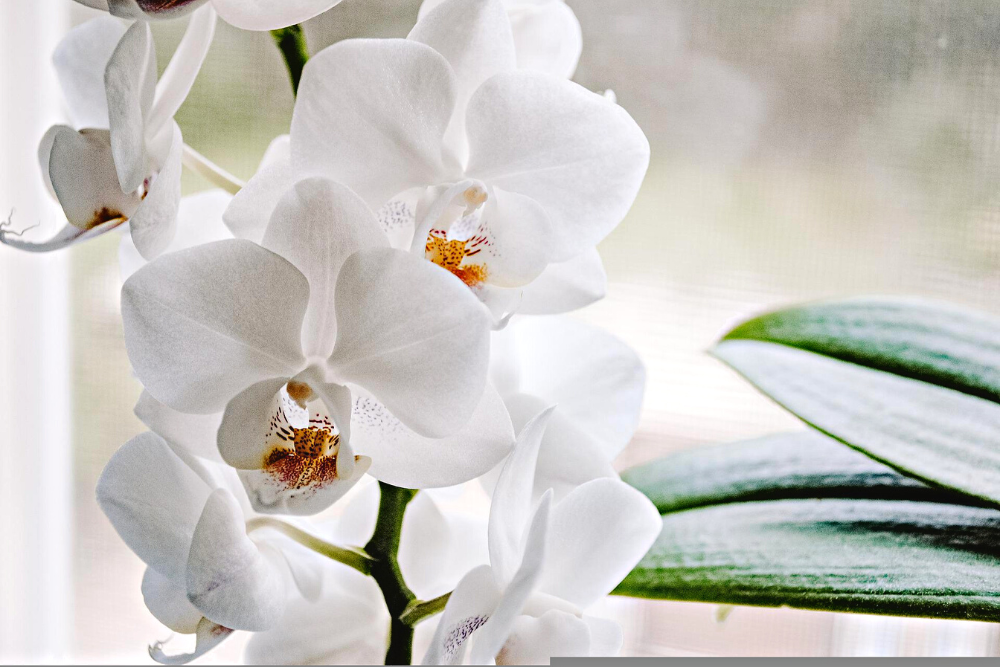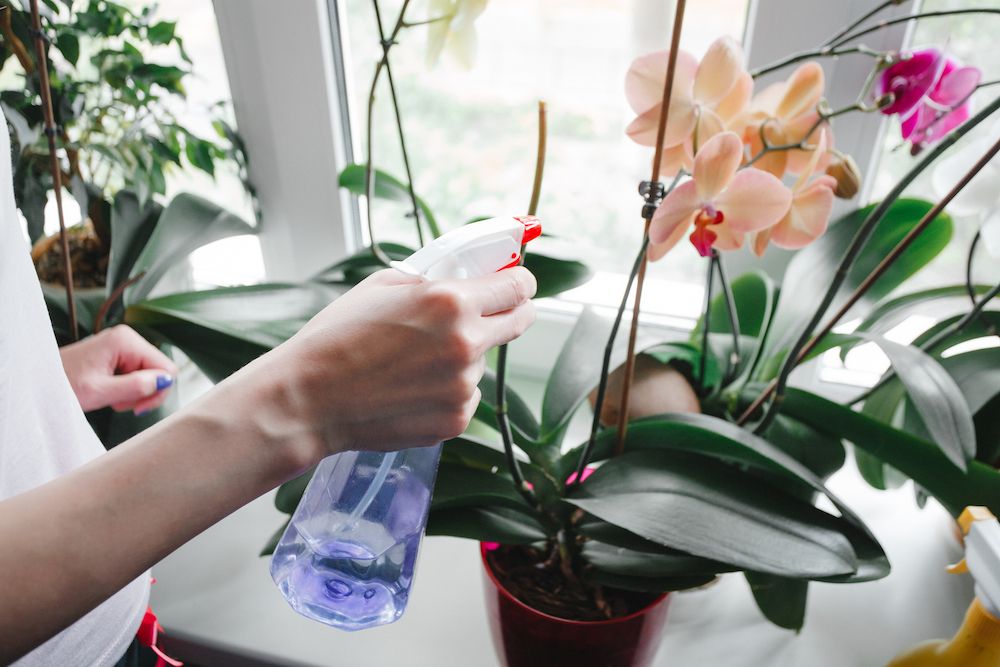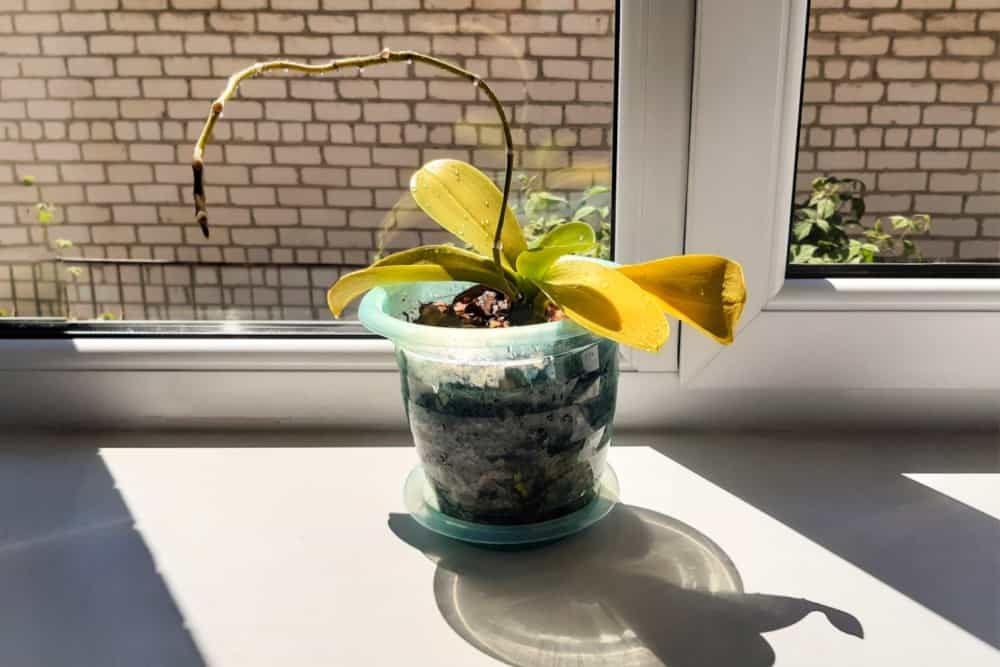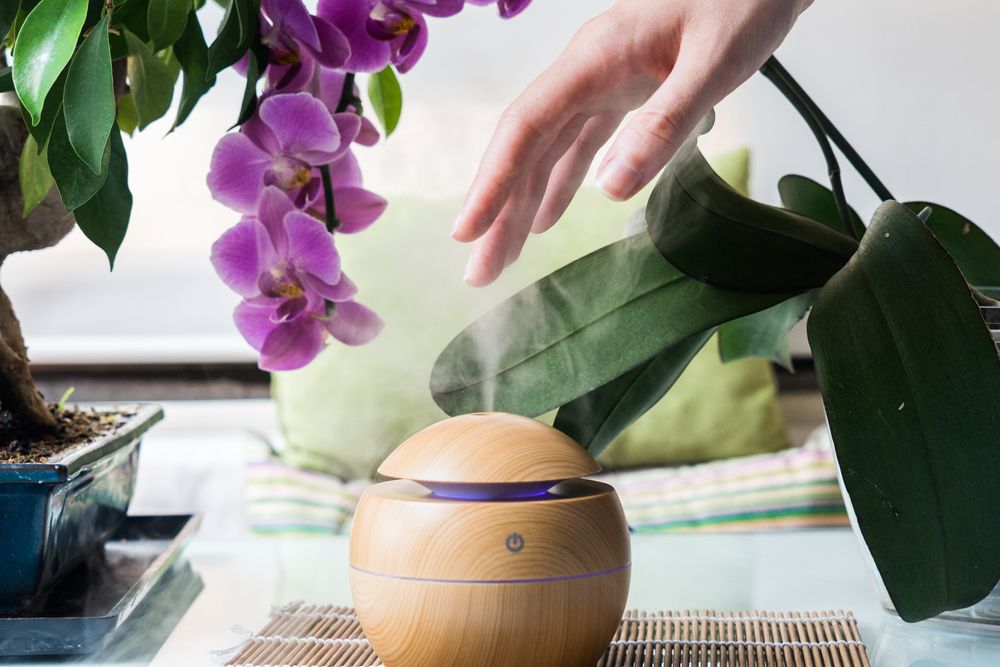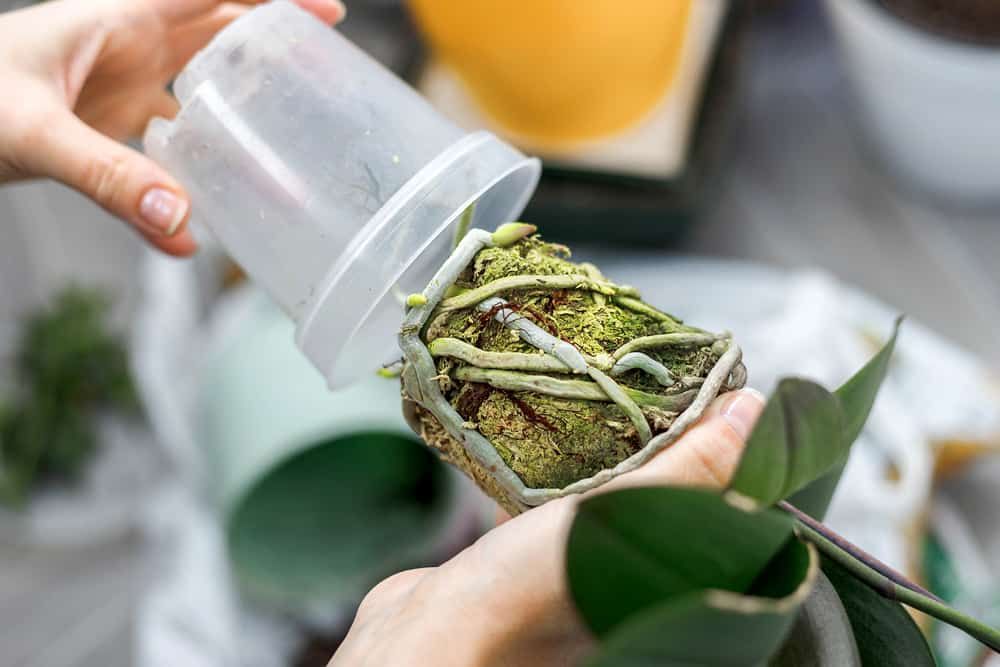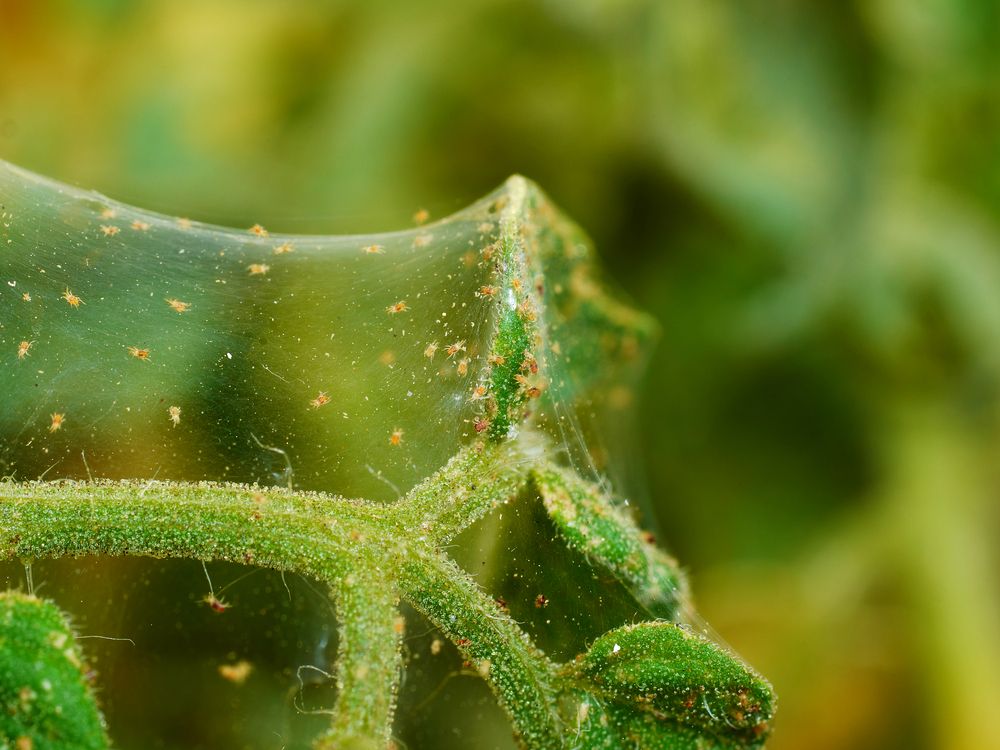Orchids can light up a room in a spectacular way, adding a tropical warmth to your space. They are undeniably beautiful flowers and really elevate the feel of any room they're in. But, they can be a bit of an eyesore if the flowers are falling off your plant!
Fortunately, there is likely a reasonable explanation as to why your plant is shedding its blossoms. It could be something that is relatively easy to remedy, like an issue with the amount of water or sun it's getting. Maybe your plant is sick or in shock? Before you assume the worst, though, take a look at your plant for indicators of what could be the problem.
End of Bloom Cycle
Image credit: sprayworksmkt via Pixabay
If your flowers are falling off the stem, don't fret! It's a normal part of the plant's life cycle to shed the flower and prepare for an annual dormant period. This will start to occur in late fall progressing into the winter months.
Blooms on a healthy plant typically last between six and 10 weeks before the plant sheds them, and dormant periods can last quite a while. It's not uncommon for household orchids to only bloom once a year.
While the plant's environment can change its growing cycle, most plants will grow new flower buds when the temperature dips in the winter. In this case, new flowers often arrive in the spring.
Issues With Watering
Image credits: titov dmitriy via Shutterstock
If it doesn't seem that your flowers are falling off as part of the plant's natural cycle, wrong watering practices might be the issue.
Overwatering can prevent the plant from getting the nutrients it needs from the soil and leads to root rot. Both of these issues can cause your flowers to fall off because your plants roots are unhappy and standing in wet feet. Make sure your pot has good drainage to help eliminate this risk.
On the other hand, underwatering your plant can lead to dehydration and falling leaves. Without the appropriate amount of water, the plant can be thrown out of balance. To avoid this, water your orchids when the top of the soil feels dry. It can be as often as once or twice a week during the spring and summer months.
In the fall and winter, you can likely drop back to watering once a week or every other week. It may change depending on if you live in a warmer or colder climate.
Not Enough or Too Much Light
Image credits: Pencil case via Shutterstock
Orchids are tropical plants and need lots of sunlight to perform at their best. Lack of sunlight is a common reason for flowers to fall off or for a lack of blooms. Most orchids need around 10 to 12 hours of natural light to stay healthy.
It can mean moving your plant around the house to make sure it's always in a well-lit area. If you don't have a ton of natural light in your home, invest in a lamp. There are plenty of good indoor lights for plants, but conduct proper research first to find which one is best for your orchid.
The intensity of the light can also play into your plant's health. Direct light can be good for an hour or two, but then your orchid will benefit from receiving strong but indirect light. You can achieve this ideal balance by putting your orchid near an eastern or southern window. You can also rotate the pot so all angles of the plant receive light.
The best way to tell if your orchid is getting enough light is to look at the leaves. A healthy plant will have bright green leaves. Plants getting too much light will have yellowish or red leaves. If you see this on your plant, feel the leaves. Are they warmer than the rest of the plant? If so, try moving your orchid to an area where the light is less intense.
On the other hand, if the leaves on your plant are dark green, it needs more light. Orchids that are starved of light will become lanky and drop their blooms.
Swings in Temperature or Humidity
Image credits: Sr Picas via Shutterstock
Humidity can go hand in hand with watering and lighting; Orchids need a delicate balance to reach their full potential. Tropical plants, orchids included, like more moisture in the air and the temperature to be warmer and consistent. Temperature swings in your home may happen in the fall and winter when the outside temperature drops and your home hasn't heated up yet.
Keep your home's thermostat between 50 and 80 degrees Fahrenheit to maintain a happy plant. A slight temperature dip (10 to 20 degrees) is beneficial and can trigger the plant to bloom. Larger shifts in temperature can cause the flowers to fall off, so don't place your plant near a draft window, air conditioning unit, stove, sink, bathroom, or anywhere else in your home that might see regular environmental changes.
Keeping the humidity around the plant steady can be trickier than the temperature. Air that is too dry isn't good for your plant and could be the reason you're seeing flowers fall off.
Adding a humidifier to your indoor climate could be the answer to your problems. There are plenty of options for your plant, just like artificial lights, so shop around to find out what fits seamlessly into your space.
Shock From Repotting
Image credits: Marvelous World via Shutterstock
Repotting your orchid from time to time is a great way to keep it healthy and growing, but that doesn't mean there aren't side effects that can pop up.
Think of it like this: it is stressful when you have to pack up all your belongings and move to another city or state, even if it's for your long-term benefit. Your orchid can get stressed out when it has to move, too.
The repotting process for orchids involves removing the soil from around the roots, trimming up the roots that aren't thriving, and then putting them into new pots with new soil. Your flowers may fall off your plant at this time, but if you've taken the right steps in repotting it, they'll come back in no time.
Pests and Diseases
Image credits: Floki via Shutterstock
These issues aren't specific to orchids but can be the reason your plant is acting up. Orchids make a great home for spider mites, scale insects, thrips, and mealybugs.
To prevent a full-blown infestation, there are some simple and natural ways to protect your plant from becoming a condo for bugs.
Diseases can also cause your flower to fall off. For example, fungi can cause black rot and kill your plant if not treated. If you notice your plant is suffering from a disease, do your best to cut out the infected parts of the plant.
You Grow Girl
There are many reasons your flowers could be falling off your orchid plant, but it doesn't necessarily mean there's cause for concern.
Flowers could fall off as a part of your orchid's natural growing cycle or because it's adjusting to its new home after a transplant. If that doesn't work, you can tinker with watering routines, temperatures, humidity, and sunlight and double-check for signs of bugs or illness.
Have you experienced any of these issues? Share how you solved them in the comments.


